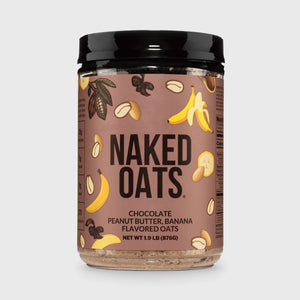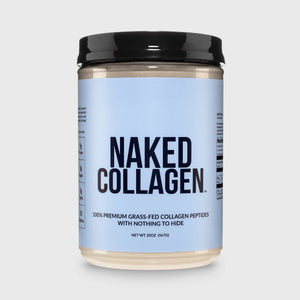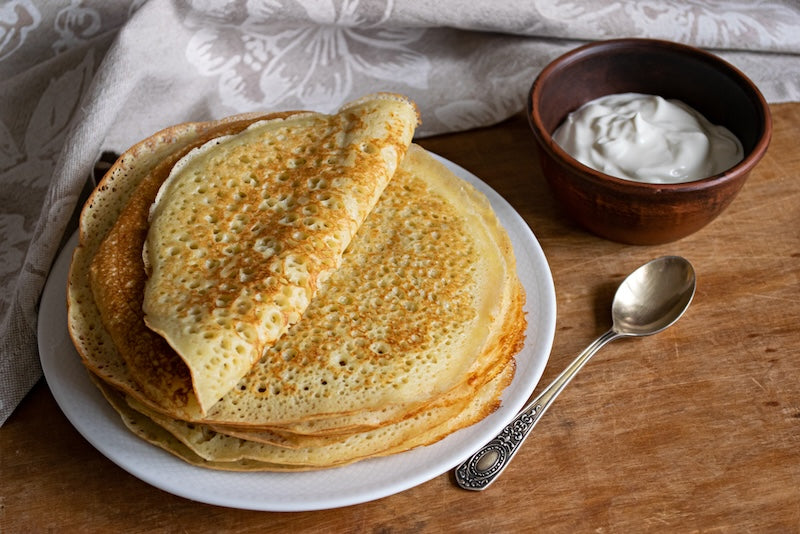Creatine is a popular supplement in the world of fitness and nutrition. It’s touted for its ability to enhance muscle strength and performance. Creatine is typically consumed as a powder and is mixed with drinks such as water, milk, protein shakes.
Some creatine enthusiasts are exploring more unique ways to incorporate the supplement into their daily routine, such as in cooking. The question then becomes: can you cook with creatine? This article explores the science behind creatine stability when it’s exposed to heat and will explain the practicality of cooking with it.
Does Creatine Go Bad With Heat?

The most common form of creatine is creatine monohydrate, which is stable at room temperature.
When creatine is exposed to high temperatures, creatine can degrade into another compound known as creatinine. Creatinine is a byproduct of creatine that is not that useful for muscle performance.
Creatine would have to be exposed to very high temperatures for extended cooking times for this degradation to occur. With the types of heat and heat exposure that is normal in most cooking methods, creatine especially in powder form is quite stable.
Creatine monohydrate is very stable in powder form, and doesn’t show signs of breakdown, even at high temperatures in cooking (1).
Can You Cook With Creatine?
Creatine is relatively stable even when exposed to high temperatures, making it realistic to incorporate into different dishes. Whether you’re sautéing, stir-frying, or baking, creatine can safely be added.
Adding creatine to your meals can be a creative and practical way to get your daily dose of creatine. It’s likely a good idea to stick to recipes that don’t require extensive cooking times or high heat exposures to reduce any potential risk of creatine breakdown.
What Happens to Creatine When Cooked?

Creatine is stable even when exposed to high heat during cooking.
Some sources suggest that when creatine is exposed to temperatures greater than 450°F, it begins to degrade to creatinine. However, most cooking methods don’t require those high temperatures, indicating that creatine is in fact quite stable when cooked.
Ultimately, nothing happens to creatine under most cooking methods. However, if you were to cook creatine at very high temperatures it may begin to convert to creatinine, a byproduct that doesn’t offer the same muscle-enhancing benefits.
Can You Bake With Creatine?
Just as it’s possible to cook with creatine, you can bake with creatine as well.
There is some argument that baking requires longer heat exposure and may pose a risk to its effectiveness.
To mitigate this risk, choose recipes that require lower baking temperatures or for shorter baking times.
Which Type of Creatine is Best for Heat?

Creatine monohydrate is the best and most common form of creatine, especially for heat exposure. There is significant research on this form of creatine, making it the most realistic and reliable choice.
Additionally, creatine monohydrate is the most readily available form of creatine on the market.
Creatine monohydrate powder is very stable even at high temperatures, meaning it’s unlikely to break down into its waste product, creatinine.
Power Pancakes Recipe

Here’s a high protein pancake recipe that incorporates creatine into the batter.
Ingredients: (Makes about 8 pancakes)
- 1 cup of flour
- 1 scoop Vanilla Naked Whey
- 1 teaspoon baking powder
- 1/2 teaspoon baking soda
- 1/4 teaspoon salt
- 1 egg
- 1 cup milk (any dairy or nondairy milk of choice)
- 1 tablespoon melted coconut oil
- 1 teaspoon vanilla extract
- 5 grams creatine monohydrate
Instructions:
- In a large bowl, whisk together the flour, protein powder, creatine, baking powder, baking soda, and salt.
- In another bowl, beat the egg and mix in the milk, coconut oil, and vanilla.
- Add the wet ingredients to the dry ingredients and mix until just combined.
- Heat a non-stick skillet over medium heat and lightly grease it with coconut oil or cooking spray.
- Pour 1/4 cup of batter onto the skillet for each pancake. Cook until bubbles form on the surface and the edges look set, about 2-3 minutes. Flip and cook for another 1-2 minutes until golden brown.
- Add any toppings of your choosing such as honey, maple syrup, fresh fruit, or nut butter.
Approximate Macros per Serving (1 pancake):
- Calories: 150
- Protein: 10g
- Carbohydrates: 18g
- Fat: 4g

Does Cooking Affect Creatine Absorption?
Cooking generally does not impact the way creatine is absorbed in the body. Typical cooking methods are unlikely to alter creatine, meaning it’s absorbed the same way in powder form as it is when it’s cooked.
However, if creatine is exposed to very high heat for long periods of time, it has potential to degrade into creatinine. While consuming creatinine is not harmful, it does not provide the same muscle-enhancing benefits as creatine.
Key Takeaways
Cooking with creatine is a practical and creative way to get your daily creatine. Research shows that creatine monohydrate is stable under typical cooking conditions.
It’s realistic to use creatine in sautéing, stir-frying, and baking. To reduce risk for creatine breakdown, avoid recipes that would require cooking at temperatures above 450°F.
Baking with creatine is typically safe and effective because most recipes don’t require super high heat.
However you choose to incorporate creatine into your daily routine comes down to personal preference, but cooking can be a fun and unique way to incorporate this muscle-boosting supplement.













